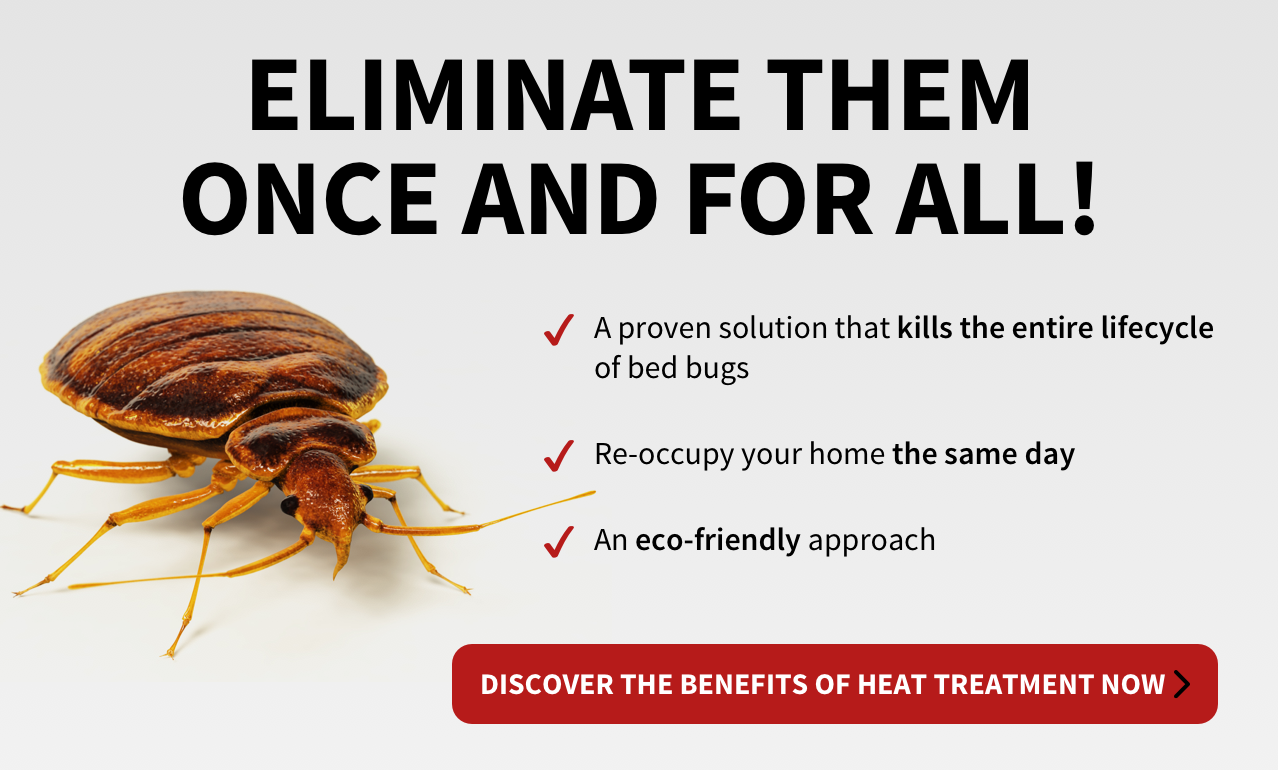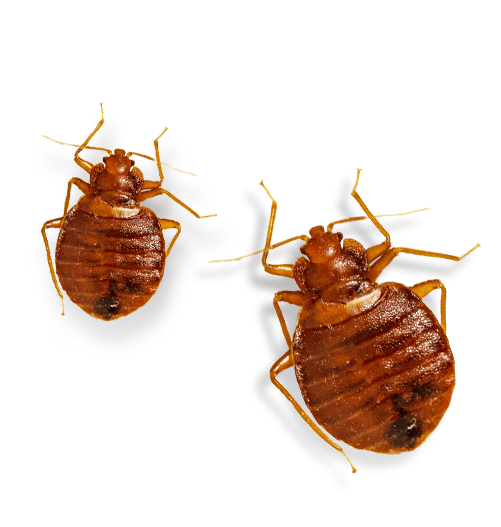Affordable A1 Bed Bug Removal in Houston - Specialist Exterminators
Affordable A1 Bed Bug Removal in Houston - Specialist Exterminators
Blog Article
Understanding the Lifecycle of Insects for Targeted Control Strategies
Understanding the lifecycle of bugs is an essential aspect of effective insect administration techniques. With a deeper understanding of exactly how parasites prosper and evolve, tailored control approaches can be made to address details factors in their lifecycle, ultimately leading to more successful parasite administration results.
Value of Recognizing Pest Lifecycle
Comprehending the lifecycle of bugs is important for developing efficient and targeted control methods in parasite administration. By understanding the various stages a parasite goes via from egg to grownup, bug control professionals can determine at risk factors in the lifecycle where treatment can be most successful.
Furthermore, acknowledging the certain environmental conditions needed for each stage of the pest's lifecycle can lead decisions on environment alteration or exclusion approaches to decrease and interrupt the lifecycle bug populaces. This expertise makes it possible for pest management experts to implement positive measures instead of depending exclusively on reactive therapies, resulting in more lasting and lasting insect control solutions. Inevitably, an extensive understanding of insect lifecycles encourages insect control practitioners to customize their approaches properly, reducing ecological influences and making the most of control outcomes.
Trick Stages in Parasite Development
To properly implement targeted control techniques in parasite administration, an important element lies in comprehensively identifying and comprehending the vital phases in insect advancement. Insect growth usually is composed of several crucial phases that are crucial for their lifecycle and administration.

Vulnerabilities in Insect Lifecycle
Throughout the numerous phases of a bug's lifecycle, distinct susceptabilities arise that can be strategically targeted for reliable control measures. One critical susceptability depends on the egg stage, where parasites are commonly much more prone to certain pesticides or organic control representatives as a result of their soft external covering, making them less complicated targets for treatment. Furthermore, the larval or nymph phase provides vulnerabilities as bugs undergo fast development and growth, needing high power intake that can be exploited by disrupting their food resources or presenting growth inhibitors. Pupal phases, characterized by immobility and improvement, provide a window for targeted control with physical obstacles or particular treatments that prevent effective introduction. Ultimately, grown-up parasites, while a lot more resilient because of their reproductive capability, can still be at risk during mating or egg-laying activities, which can be interrupted via scent catches or sanitation techniques. Recognizing these susceptabilities in the pest lifecycle is essential for creating effective and accurate control methods that properly handle insect populations while minimizing ecological influence.
Carrying Out Targeted Control Procedures

Carrying out targeted control procedures commonly includes a multi-faceted method. This might consist of environment modification to make the setting less friendly to check this site out insects, such as getting rid of standing water for insect control or securing entry points for rodents. Furthermore, organic control techniques can be made use of, where natural killers or virus are introduced to keep bug populaces in check.
Chemical control, such as the mindful application of pesticides, is an additional typical method. Nonetheless, it is vital to use these substances judiciously to minimize environmental impact and potential harm to non-target varieties. Integrated Pest Administration (IPM) strategies that integrate numerous control actions in a worked with and lasting way are often one of the most efficient in accomplishing long-lasting pest management objectives. By implementing targeted control steps based upon a complete understanding of bug lifecycles, parasite populaces can be successfully regulated while minimizing risks to human health and wellness and the environment.
Enhanced Pest Management Practices

Additionally, the unification of biological control agents, such as all-natural predators or virus of insects, can help in reducing reliance on chemical pesticides and advertise a more well balanced ecological community. Executing physical obstacles and traps can additionally be component of improved parasite management techniques, supplying safe and targeted options for parasite control. Furthermore, using pheromones and various other semiochemicals can interfere with pest breeding patterns and communication, resulting in lowered parasite populations over time.
Conclusion
By identifying crucial stages in parasite advancement and vulnerabilities in their lifecycle, targeted control procedures can be implemented to i loved this reduce parasite populations. Boosted insect administration methods can assist lower the reliance on broad-spectrum pesticides and advertise even more eco friendly and sustainable pest control techniques.
Recognizing the lifecycle of pests is important for developing efficient and targeted control strategies in parasite management. By comprehending the various stages an insect click this site goes through from egg to grownup, parasite control professionals can identify vulnerable points in the lifecycle where intervention can be most effective. Eventually, a thorough understanding of bug lifecycles empowers parasite control professionals to tailor their approaches effectively, optimizing and lessening ecological effects control outcomes.
By carrying out targeted control steps based on a detailed understanding of parasite lifecycles, insect populations can be effectively managed while reducing dangers to human health and the atmosphere.
By determining crucial stages in bug growth and susceptabilities in their lifecycle, targeted control procedures can be implemented to lessen parasite populaces.
Report this page